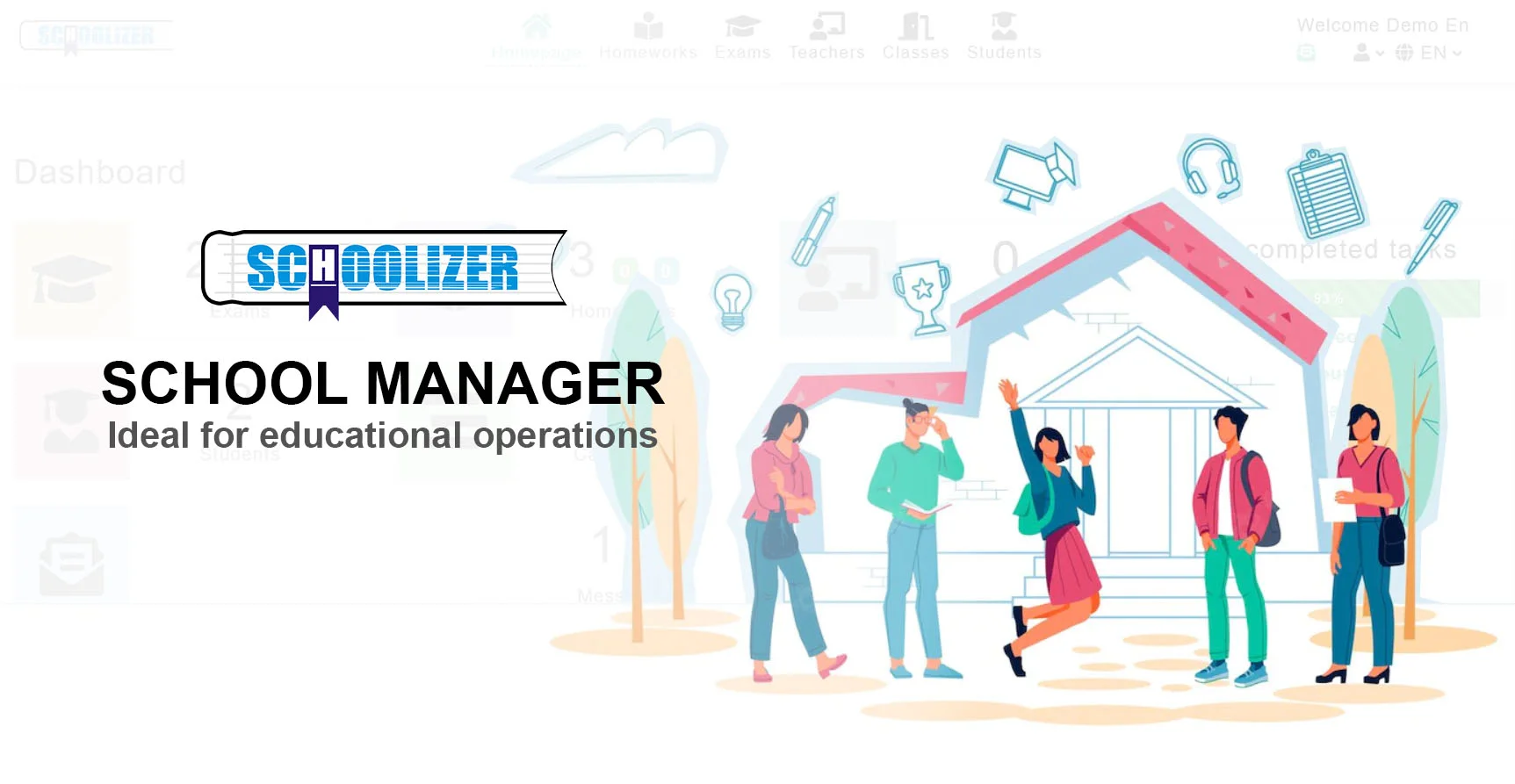How No-Strings-Attached Cash Transforms Teen Lives: A Deep Dive into Financial Empowerment

How No-Strings-Attached Cash Transforms Teen Lives: A Deep Dive into Financial Empowerment
What if giving teenagers $50 a week with no conditions could change their lives? Why does unrestricted financial support matter for youth development? How can such programs reshape futures? These questions lie at the heart of a groundbreaking initiative that provided 40 weeks of unconditional cash to teens—revealing profound impacts on education, mental health, and future opportunities.
The Experiment: $50 a Week for 40 Weeks
In an innovative social experiment, selected teenagers received $50 per week for 40 weeks with no spending restrictions. The goal was to study how financial stability affects young people's lives, particularly those from low-income backgrounds. Researchers tracked outcomes in education, employment, and emotional well-being, comparing results against a control group that received no funds.
A real-world example comes from a participant named Jamal, who used the money to pay for transportation to a better school district. "Without that $50, I wouldn't have been able to afford the bus pass," he shared. "It let me attend a school with advanced classes that put me on track for college."

The Psychological Impact of Financial Security
One of the most striking findings was the psychological transformation among recipients. Teens reported lower stress levels and improved mental health, simply from having a reliable financial cushion. This security allowed them to focus on long-term goals rather than immediate survival needs.
Maria, a 17-year-old participant, described how the money eased her anxiety: "Knowing I had those funds meant I could say no to exploitative jobs and focus on my studies. For the first time, I felt like I had choices."
Psychologists note that financial stability during adolescence can fundamentally alter brain development, reducing cortisol levels associated with chronic stress and improving executive function.
Educational Outcomes and Future Opportunities
The cash infusion led to measurable improvements in educational attainment. Participants were more likely to graduate high school, enroll in college, and pursue career-building extracurricular activities. The modest sum removed barriers like textbook costs, exam fees, or transportation expenses that often derail disadvantaged students.
Consider the case of Aisha, who used part of her funds to take a coding bootcamp. "That $50 a week added up to enough for the course deposit," she explained. "Now I have tech skills that landed me an internship most college students compete for."
Data showed participants were 28% more likely to engage in career-prep activities compared to peers without financial support.
Breaking the Cycle of Poverty
This initiative demonstrated how targeted, unconditional cash transfers can disrupt intergenerational poverty. Unlike traditional welfare programs with complex eligibility rules, the simplicity of this approach allowed teens to allocate funds where they were most needed—whether for family groceries, internet access for homework, or savings for future goals.
Diego's story illustrates this: "I saved $30 each week to help my mom with rent. The rest I used for a graphic design tablet. Now I freelance and contribute more at home." The dual impact—immediate household stability and long-term skill development—showcases the program's multiplier effect.
Policy Implications and Scalability
The success of this experiment raises important questions about social policy reform. At approximately $2,000 per participant annually, the program proved more cost-effective than many existing youth interventions with comparable or lesser results. Cities nationwide are now piloting similar initiatives, adapting the model to local contexts.
Chicago's Youth Equity Platform, inspired by this research, provides quarterly cash transfers paired with financial literacy training. Early data shows participants are 3x more likely to open savings accounts and demonstrate improved money management skills.

Challenges and Considerations
While results are promising, implementation challenges exist. Some critics worry about fund misuse, though research shows recipients overwhelmingly spent money on essentials and self-improvement. Others note the need for complementary services—like mentorship or counseling—to maximize impact.
The program also sparked debates about sustainability. As one policymaker noted: "$50 weekly is life-changing for teens but requires significant funding at scale. We're exploring public-private partnerships to make this replicable."







